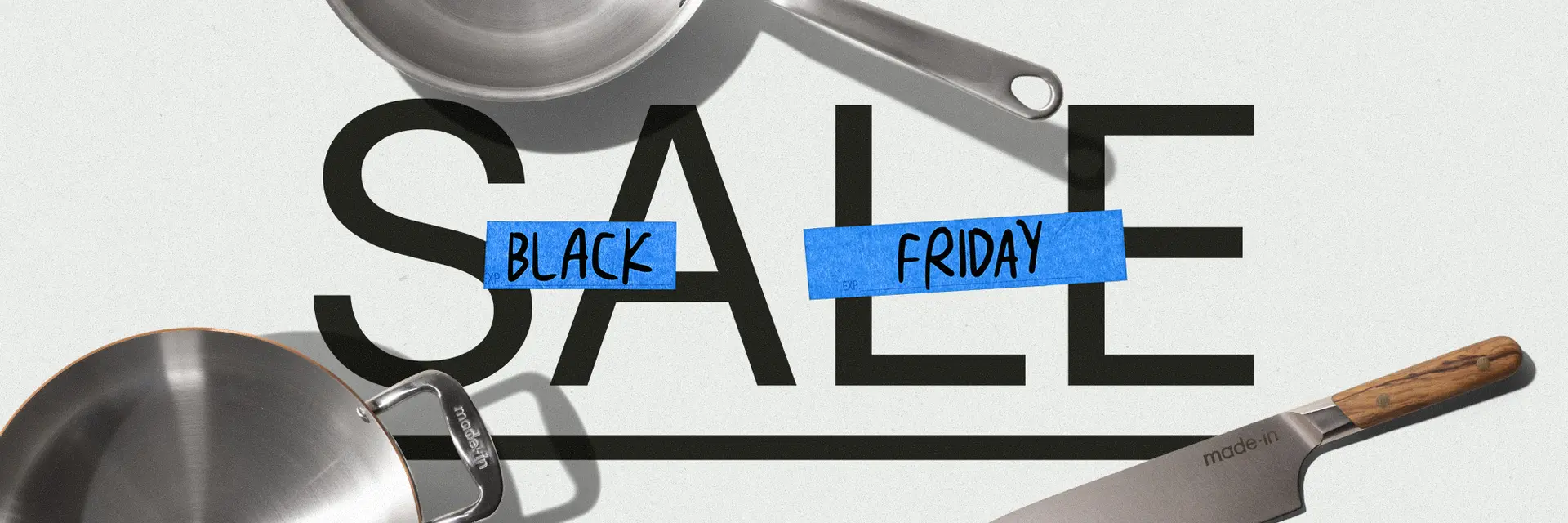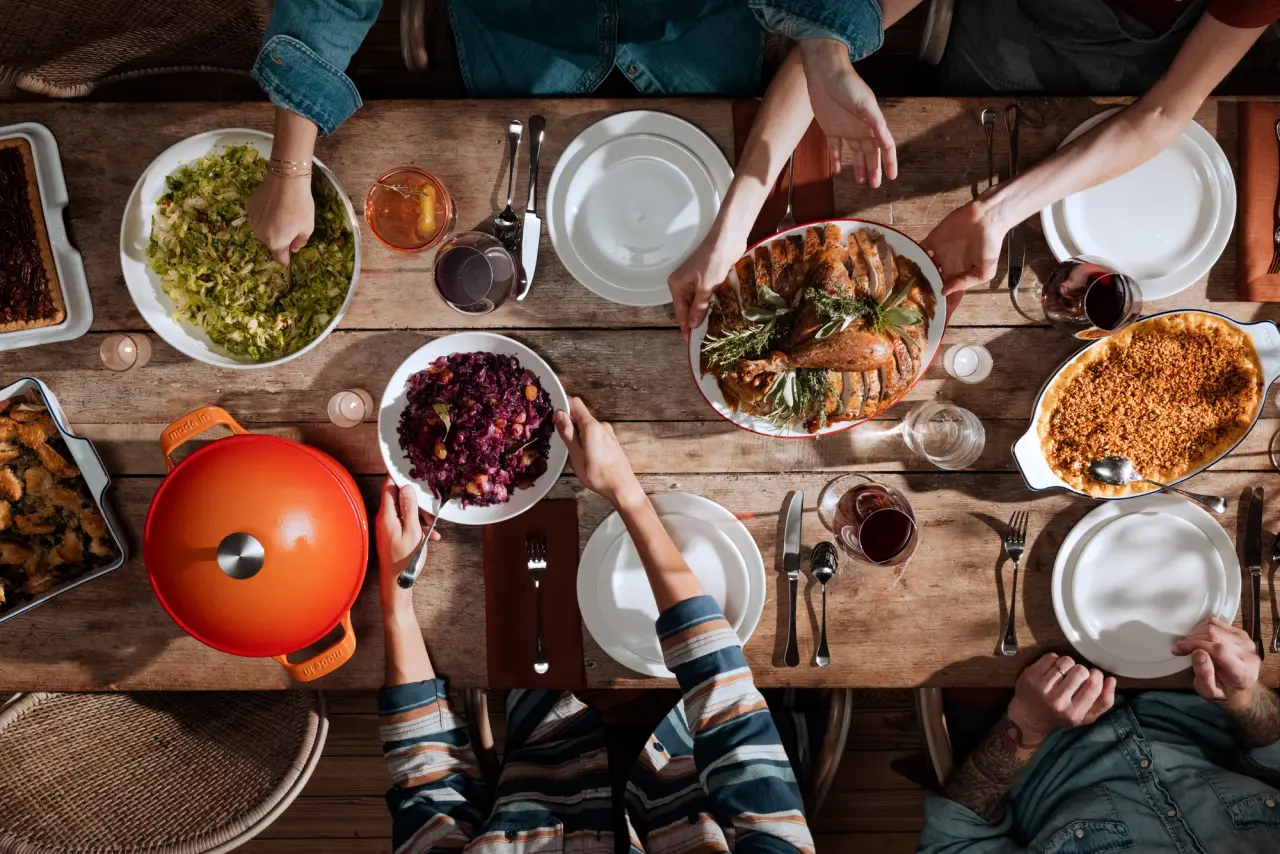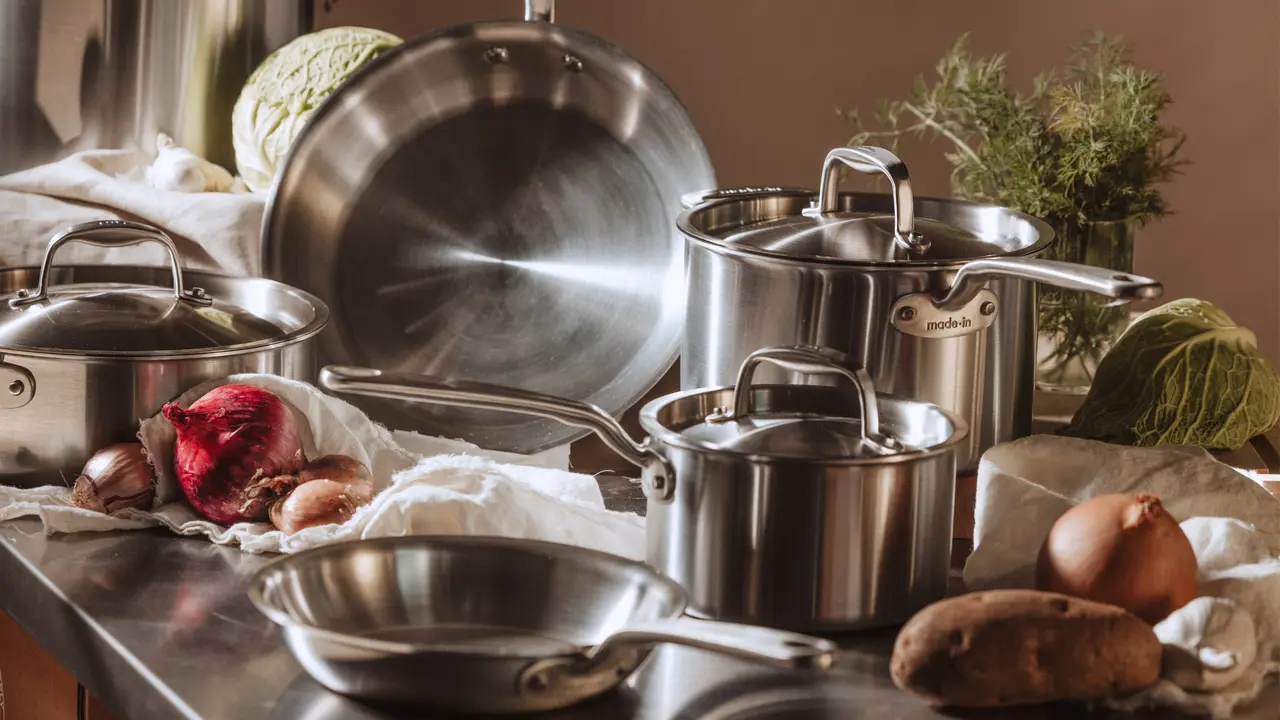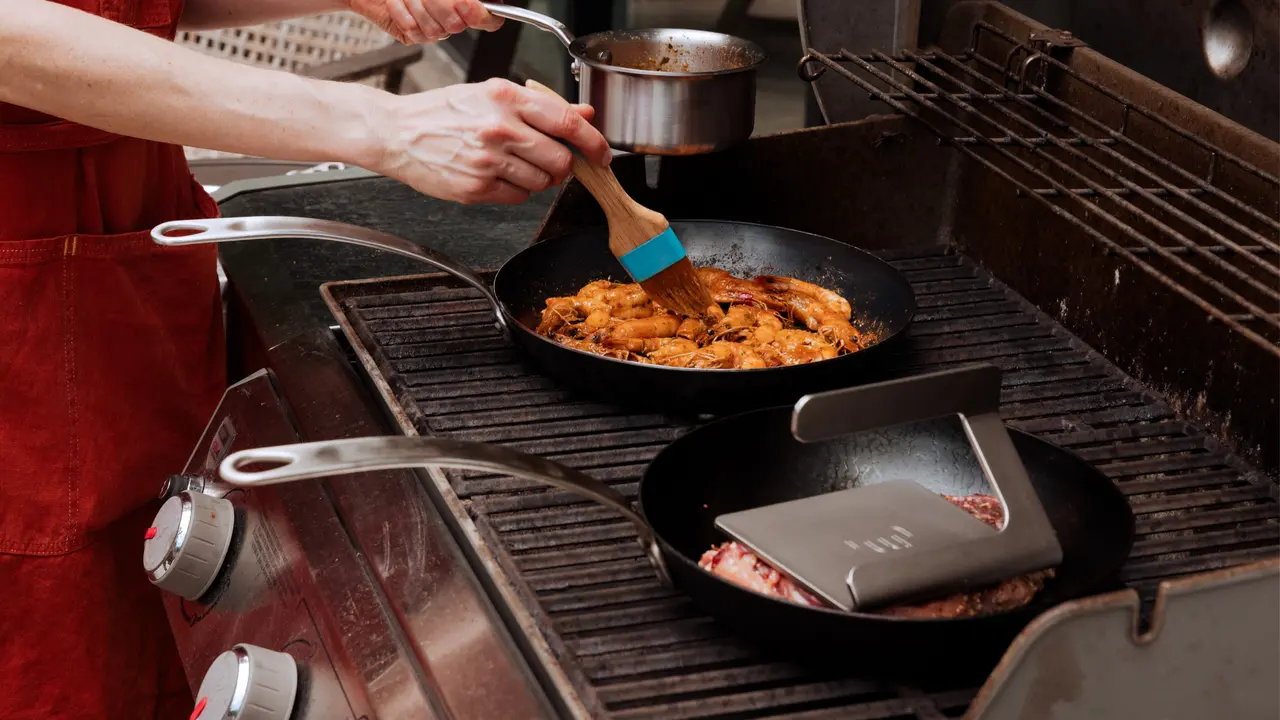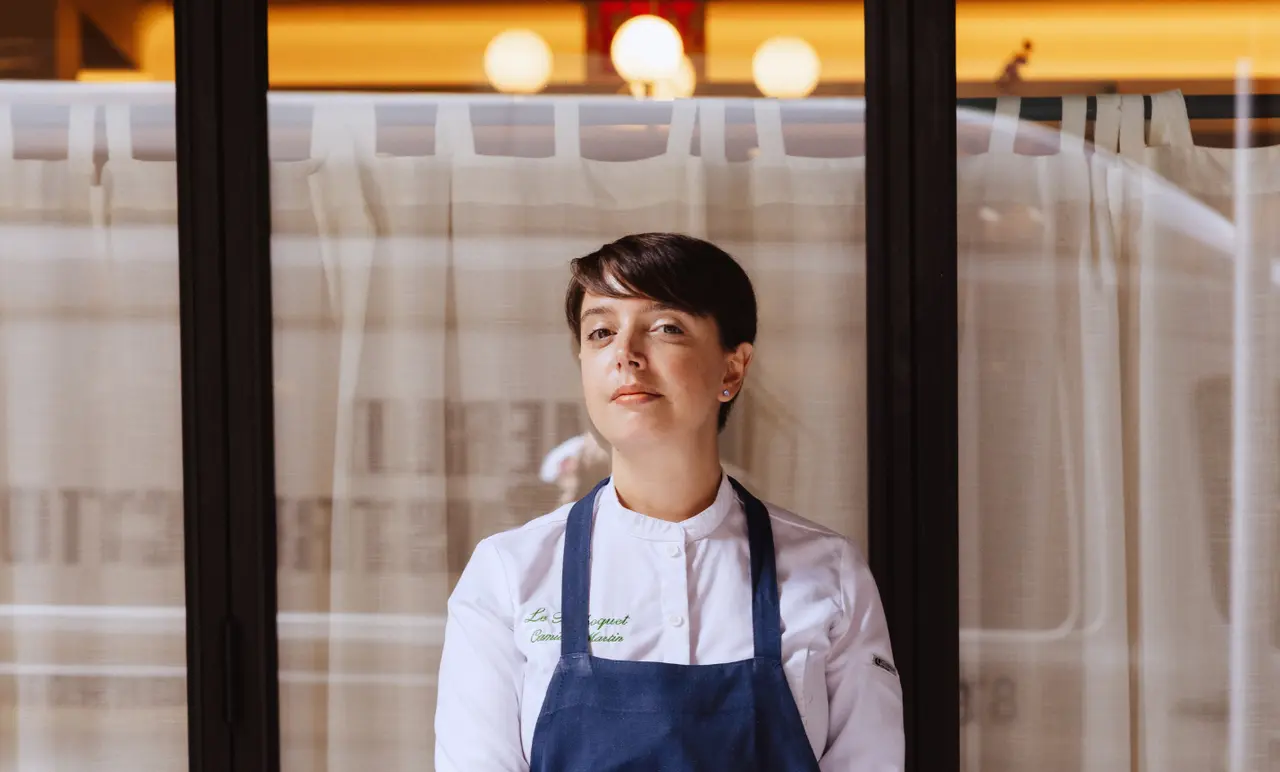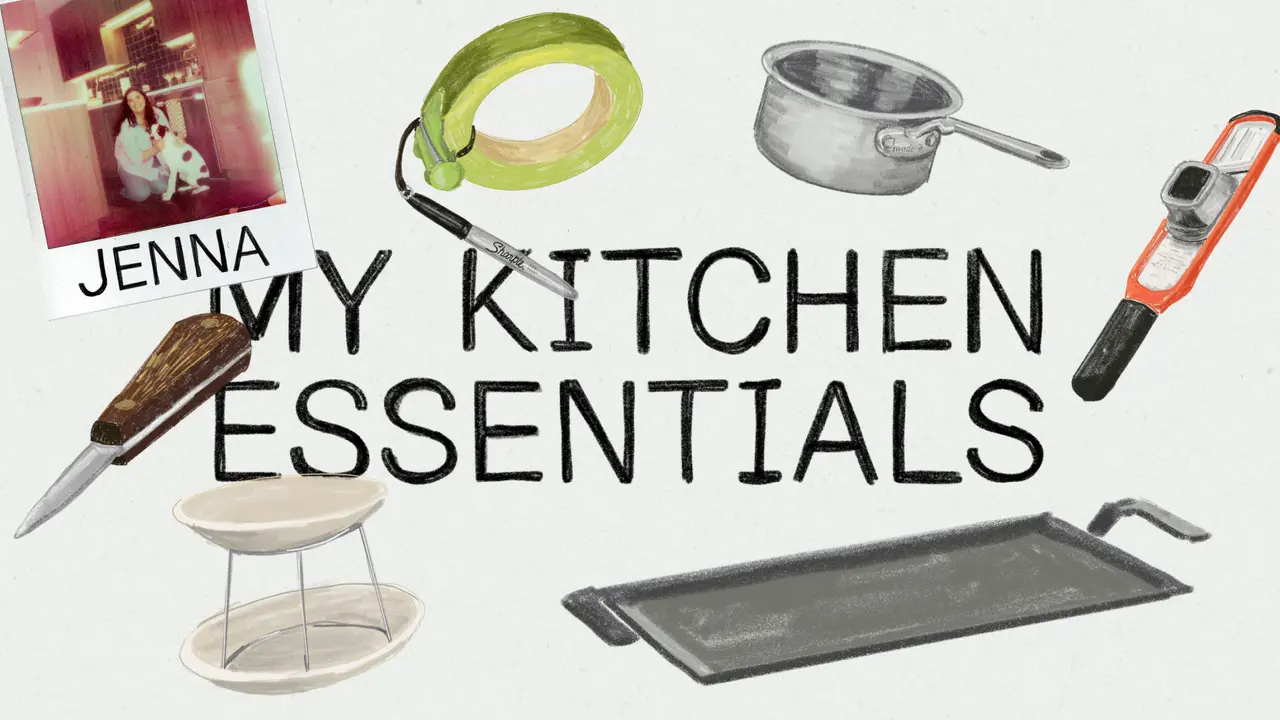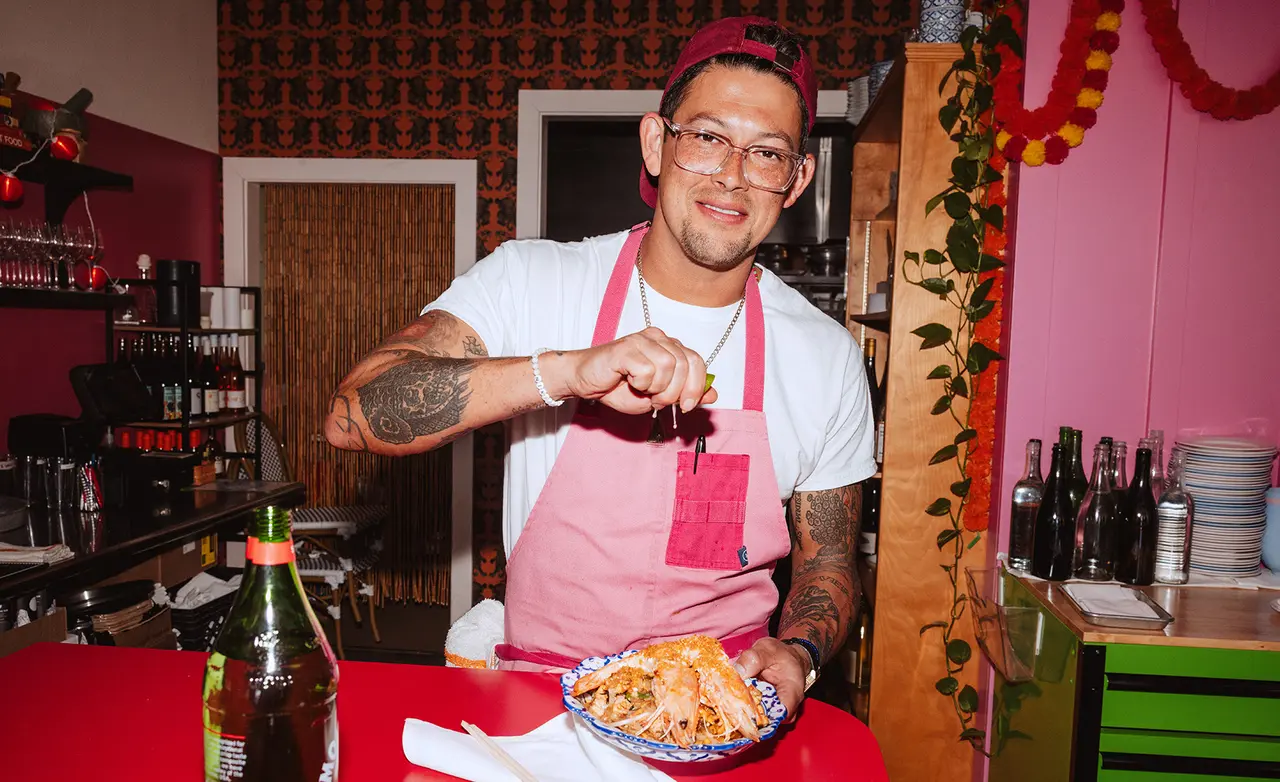When it comes to dining out at restaurants, there is a certain level of expectation that we’ve grown accustomed to. This includes being waited on, having your water glass filled every two minutes, and ultimately being served exceptional food in a beautiful and tasteful manner. The style of plating is what can separate dining at home from dining at restaurants. The ability to cook a pretty mean steak at home and have it taste equal to, if not better, than a steak at a restaurant is an accomplishment. However, making cuts at an ideal thickness, and fanning them out over charred vegetables with a quenelle of mashed potatoes may require some extra studying and practice. A chef’s level of dedication and creativity is able to shine beyond what is done in the kitchen. It continues into the dining room and is showcased as soon as your plate of food is put down in front of you. It’d be an understatement to say that all of us are missing the experience of dining out right now. While creating an experience identical to our favorite restaurant is near impossible, we owe it to ourselves and our favorite chefs to try and recreate those meals we love. Learning about plating and the different ways chefs use it to enhance our dining experience is a great place to start.
So why is so much care put into plating when it ultimately gets ruined within a matter of seconds after that first bite? We eat with our eyes first. We’ve all been in a restaurant with our eyes peeled at servers walking by with other diners’ food hoping it is ours. Remember the scene in Ratatouille, where the diners all order the special after seeing other diners eat it and it becomes the most popular dish in Paris? You can thank plating for that. And now in the age of social media and the ability to post a photo and share it with all of your friends, restaurants want to have their first point of reference be something worth remembering.
The thought behind where your food sits on the plate is also a chef’s opportunity to tell a story and create an experience. Think about Made In chef-partner Grant Achatz. Chef Achatz runs Alinea, a 3-Michelin starred restaurant in Chicago, where he serves edible balloons and plates dessert right at your table. The idea behind the edible balloon is to bring diners back to their childhoods and give them the ability to be transported to whatever memories the balloon might invoke. Attempting to do the impossible and create this experience and story for the diner is what motivates Chef Achatz. Chef Achatz states that influence for plating, “could be compared to movements in mainstream art or music as chefs are influenced by social issues, ingredients, changing experience type, technology, tradition, and geographic location.”
Obviously, Alinea is not the average restaurant experience. Recently, restaurants have been offering more rustic-style dishes in a family-style serving manner. Ordering for the table and splitting everything has been a very popular way to dine, which encourages diving into the food right away and messing up the plating. Still, most restaurants will still aim to create a unique dining experience through their plating. Chef Nancy Silverton likes to “start with a canvas and then you start to build. And that building is always on whatever the star is.” In order to build upon the star of the dish, there should create textural differences, contrasting colors, and varying height.
Textural differences are often noticeable in desserts. Let’s take a look at simple desserts: ice cream with sprinkles, s’mores, the corner piece of a brownie. The sprinkles add a crunch to a creamy base, the graham cracker adds a bite to the otherwise soft, gooey marshmallow, and the bite of the corner piece of a brownie counters the soft inside. Chefs will aim to create these differences for you when it comes to more complex dishes (no hate on s’mores or ice cream, I promise!). Tweezers will be used to place a mix of berries on a bed of cracked meringue with intentionally placed dollops of whipped cream. This process should not go unnoticed and is 100% intentional.
Color is just as important. While obscure colors have their place in food (you can thank Dr. Seuss for that), most people don’t want to eat a dish that is just black and green. Colors that are harsh to the eye will turn eaters off when they get their food. Take a trip back to your art class in elementary school. Chefs are artists as they often describe the plate as a blank canvas and their food as art. The swoosh of the back of a spoon is the same idea as an artist’s paintbrush. A pop of color on a plate will immediately grasp a diners’ eyes, making their dining experience that much better.
Lastly, there is height. Height shouldn’t just be about how tall you can stack your hamburger and its toppings. The idea of layers should be at the forefront of this technique. Chefs won’t just throw food onto a plate and send it to their diners. Meticulously placed food on a plate is essential to creating a memorable experience. Think of a layer of cake that is topped with chocolate crémeux, then chocolate cookie crumbs, and then that sequence is repeated. This will build layers of flavor, without being excessive. To counter that, think of thinly sliced tuna tartar on a plate with even more delicate slices of avocado on top. This dish has layers but is not concerned with height. The contrast of these two dishes both play with height and are used as a way to keep the diner engaged visually.
In the end, it’s hard to ignore the necessity of creating a dish that evokes excitement and awe. The plating of a dish is one of the best ways to make sure that a meal is memorable. While ultimately how something tastes is the true essence of a chef, the creativity and storytelling behind plating are what will take the experience to another level.
